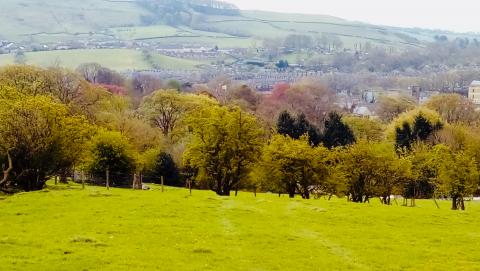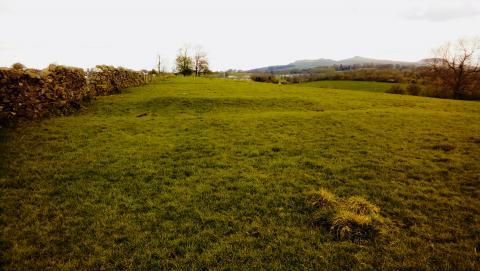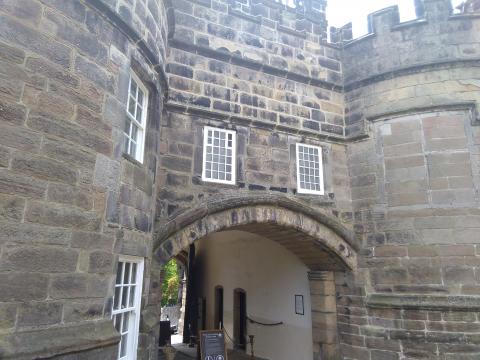The Siege of Skipton Castle

In December 1642, royalist Skipton Castle (its flag can just been seen above, among the trees) was attacked by Parliamentary troops. The register of neighbouring Holy Trinity Church records the first defender’s death as 23rd of that month. In August 1645, Major General Sydenham Poyntz had captured the church and the castle’s outworks and began a siege of the castle. This was soon called off as he was needed at Newark. Later that year, the first civil war was all but over but the castle still held out for the King. On 20th November, 2,000 parliamentary foot and 2,000 horse arrived to finish the job. On 21st December, Sir John Mallory, its governor and MP for Ripon, surrendered it to Colonel Richard Thornton.
Skipton Castle was well defended and had a secret well near the present gift shop from which fresh drinking water could be obtained. It was well garrisoned with its men previously mounting raids against Keighley, plundering the parliamentarians there. So why did it fall so quickly? High up on Park Hill, to the castle’s North West, parliamentary artillery was placed. They rained down their cannonballs on the defenders. Local tradition says that sheep fleeces were hung over the battlements to cushion the artillery’s blows, but this ultimately failed.

Earthworks can still be seen atop the hill
Firing from higher ground made the attacker less vincible to counter attack; furthermore, their own projectiles were aided by gravity as they descended on targets with greater force. Thus Skipton’s castle took a real battering and there was little they could do about it.

Descending to the enemy’s level makes the fight harder and less winnable:
Wisdom takes its stand on high ground,
by the wayside where the roads meet,
near the gates to the city.
Proverbs 2
- Log in to post comments


 Sunday Worship 10.45am & 6.00pm
Sunday Worship 10.45am & 6.00pm